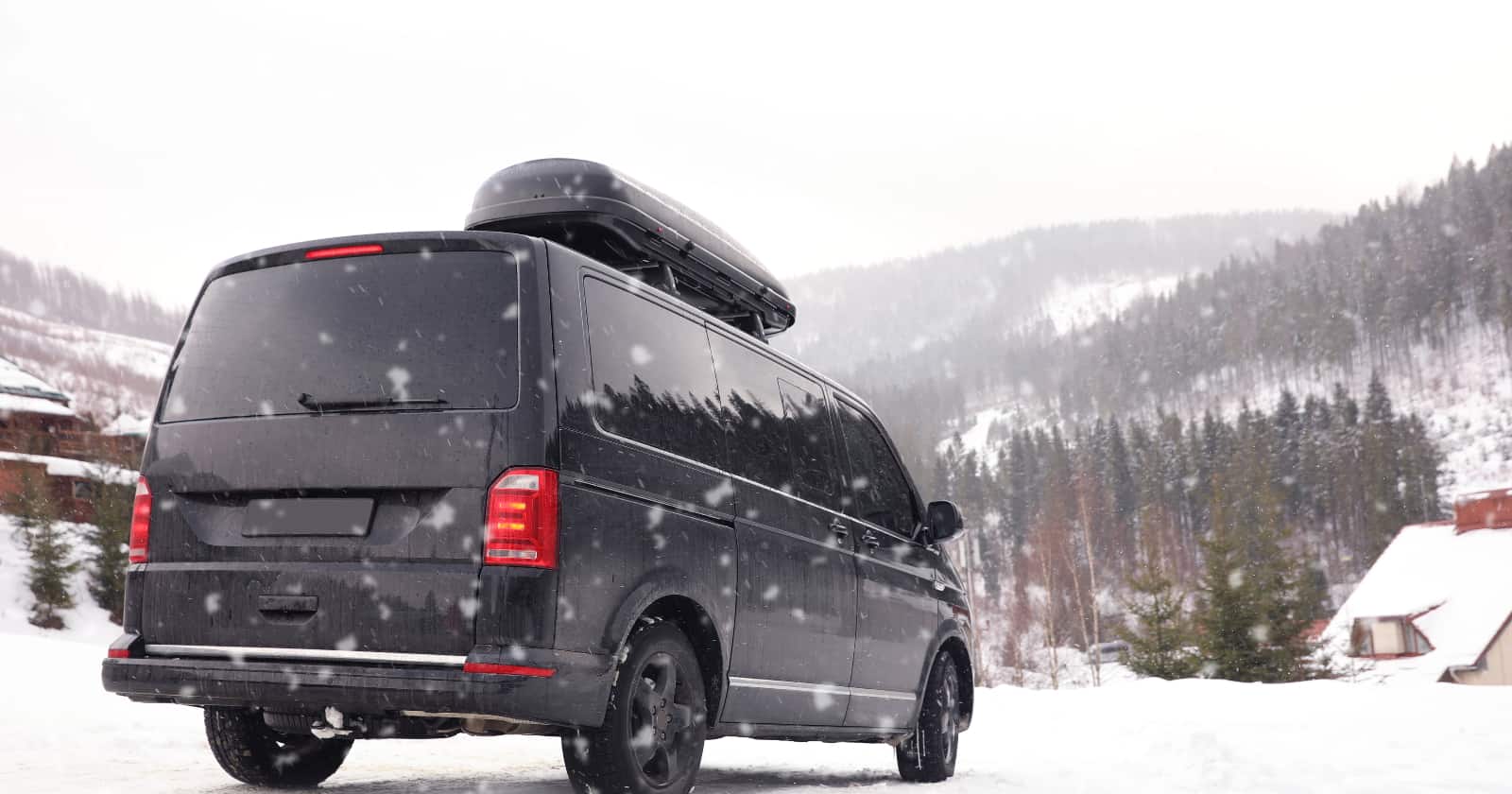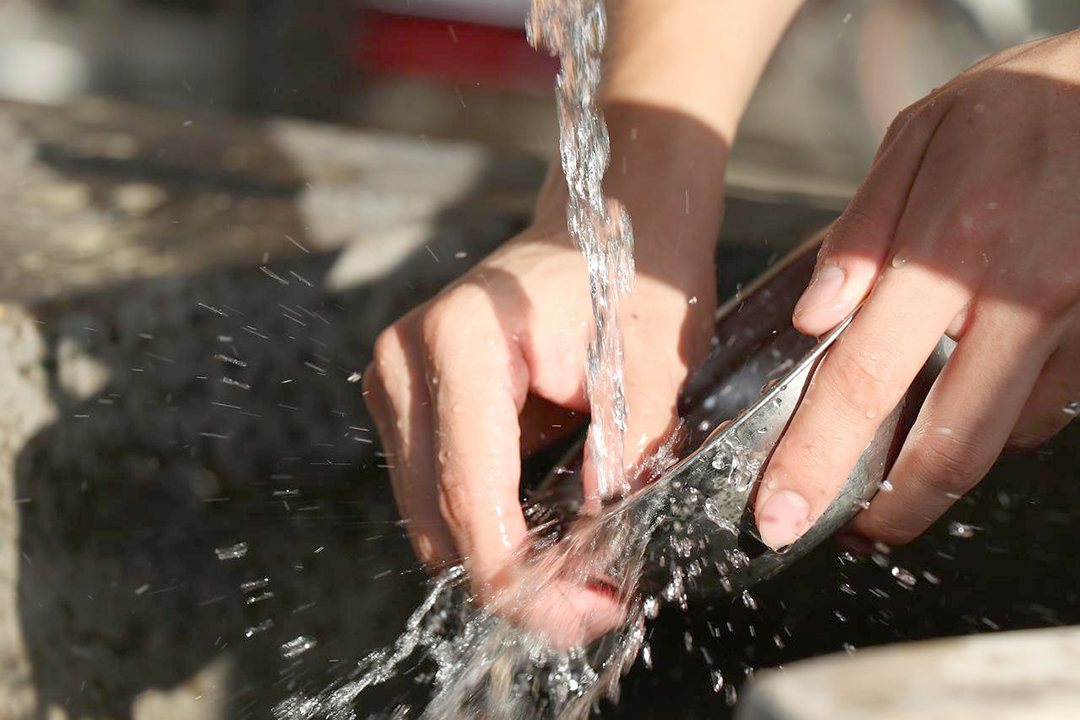Vanlife 101: Winter Water Line Protection
Frozen water lines in a camper van are no fun. Not only can you not use your plumbing while the lines are frozen. But the freezing can actually cause serious damage to the lines. This isn’t something you want to deal with, so you may be wondering how to prevent your water lines from freezing in your van.
The good news? You can take several steps to ensure your van’s plumbing doesn’t freeze during the winter months. Here are our top tips for preventing frozen water lines in your camper.
Build a Winter Smart Van
Our first tip is to build a van equipped for the wintertime. Of course, this tip only works if you’re designing your van and it has not yet been built. It also only applies if you’ll be in the van full-time. If both of these factors apply to you, it might be the best way to keep your van water lines from freezing.
So how do you build a winter-friendly van? Some vanlifers do this by skipping water lines and bathroom setups entirely, opting instead for a countertop water jug and a pump. However, if you want to have some plumbing in your custom van build, you can keep the water lines from freezing by ensuring all those lines are installed inside the van and that the interior of the van is kept warm during the winter months.
Head South
Another great way to prevent frozen water lines on a van? Head south! A considerable number of vanlifers skip the cold weather entirely by heading to places like Southern California, Arizona, Texas, and Florida for the winter.
The southwest locations have plenty of amazing boondocking, and as long as you stay in the lower elevations, you shouldn’t have to deal with freezing temperatures. Florida and Texas have fewer boondocking opportunities, but there are many great campgrounds to choose from! South Texas stays relatively warm in the winter, and almost all of Florida is safe from freezing temps.
The best part about this life hack? You’ll skip the frozen water lines, and keeping the van warm inside will be easier. On top of that, it’ll still be fun to head outdoors and enjoy your favorite types of outdoor recreation.
Heat the Underside of the Van
Can’t head south or control how your van was built? You can still avoid frozen plumbing. One step you can take involves heating the underside of the van. You can do this with a small space heater or with a heat lamp or work lamp.
This will almost certainly require electric hookups. So you will need to be parked somewhere with these amenities. This might mean parking at a campground or hanging out at a friend’s place until the weather warms up.
Add Skirting
Heating the underside of your van is great, but much of that heat will escape if you don’t hold it under the rig. This is where skirting comes into play. Adding a skirt to your van can be a big pain (especially if you don’t want to be stationary for the season). However, it can make a huge difference when it comes to taking care of your van’s plumbing. Honestly, it can sometimes even be enough to add just a skirt and skip the space heater or lamp.
Yes, we highly recommend a skirt if you’ll be in a place that sees freezing temperatures regularly. Unfortunately, because not many people add a skirt to their campervan, it can be hard to find pre-made skirts. The Tiny RV Skirt Kit from AirSkirts is one pre-made option, or you can make your own using bales of hay, plywood, or even just snow piled up around the bottom of the rig.
Open Cabinets
In the majority of vans out there, most (if not all) of the water lines will be inside the cabinets rather than outside in the elements. This alone helps ensure the lines don’t freeze, which is why we recommended making the decision to build your van this way.
Still, you may continue to worry even knowing all of the water lines are inside and nice and cozy with you. If you’re worried about frozen water lines in a particularly cold night, consider leaving your cabinet doors open. The warm air from your van’s interior will circulate to where the plumbing is.
Winterize the Water System
Our final tip to prevent your water lines from freezing? Winterize your van’s water system. This tip really only comes into play if you’ll be putting the van in storage during the winter or if you’re in a particularly cold place and can live without water.
If you have a factory-built van with a plumbing system that is much like the system found in a traditional RV, winterizing is the very best way to ensure you don’t have to deal with damage caused by frozen water lines. Fortunately, winterizing is easy enough to do.
This video has some great instructions for doing so.
These are our top tips for caring for your van’s plumbing system during the winter months. By applying the tips that make the most sense for your situation, you should be able to emerge from the cold season with water lines that are in tip-top shape and ready to do some springtime adventuring!




Mostly silly advice overall. How about some suggestions that actually improve the utility of the camper rather than avoiding it?
1)Add a water recirculation line from the hot water line at your shower control back to the fresh tank. In the winter, leave it slightly open or open it for 10-20 seconds every hour to draw warm water back into the line and move the water out of supply lines that may be freezing. Leave it open longer to send some hot water back to the fresh tank to warm it up. Use it in the summer to save the water that has cooled in the hotline by sending it back to the fresh tank instead of running it down the drain.
2) Putting heat tape on exposed water lines (including drain lines) is far easier, more practical, and more effective than placing a space heater under your van. Heat tape by ‘Easy Heat’ can be cut to the exact length (it is 120V), is self-regulating and only consumes 3W per foot of length.
3) Install temperature monitors and electric heaters to monitor temperatures in exposed equipment (STC-3008 is what I use, ~$15 for 2 channels). These also automate the heating of tanks/storage where freezing can happen.
4 )Make freeze protection heaters from a CPU heat sink (free if you know where to look or cheap on eBay) and a 3D printer 12V/40W cartridge heater (around $3).
There are lots of better ideas out there than those presented here.